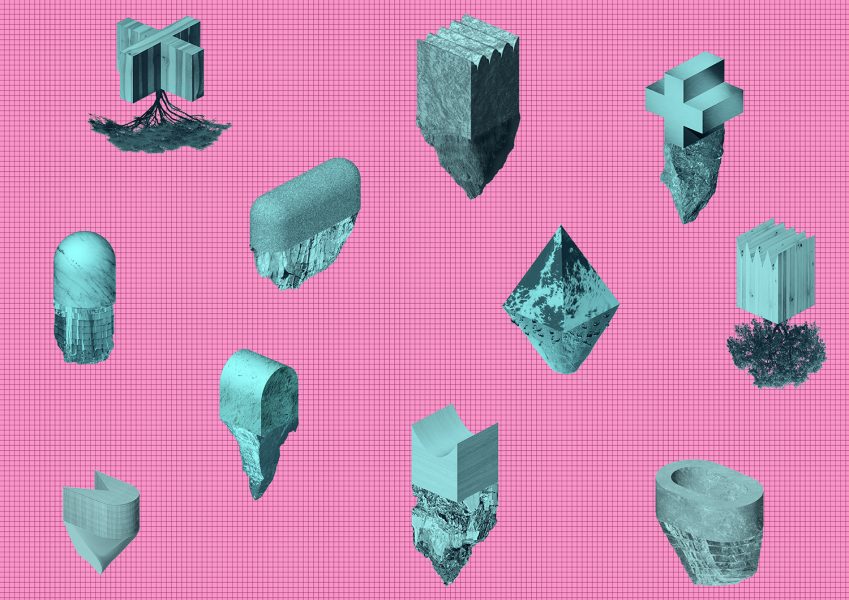Selected Entry, Currencies of Architecture: Burnham Prize Exhibition - Chicago Architecture Biennale, Chicago Architecture Foundation Gallery, October - January 2016.
Year: 2015
Project Team: Neyran Turan (partner-in-charge), David Richmond, Patrick Daurio
In a 1972 article on the fifty-story One Shell Plaza in Houston describing the lavish materials coming from every part of the planet for the building—ranging from Primavera Mahogany wood from Guatemala, Persian walnut wood from Iran and Italian travertine marble quarried near Rome—and criticizing the building's irresponsible use of expensive materials in light of the "increasing worldwide concern over the use and conservation of the earth's natural resources," description of one particular material drew attention. For the twenty-six elevator cabs that had nine feet walls covered with real leather, "the architects wanted no seams or joints horizontally so had to search the world for nine-foot cows," the biggest at the time.
How do we understand matters of architecture in relation to resources today? For some, resources are natural and thus need to be preserved and protected. For others, resources are systemic, and thus need to be managed and maintained. Amid contemporary environmental, political and economic instabilities, can we conceptualize resource, and thus matters around architecture, not as merely natural or systemic but as aesthetic and representational?
Representing an archipelago of eleven islands floating in the objective space of the axonometric, this drawing aims to start such a conversation between the material and the representational. While each island is made up from a particular building material (a certain type of leather, wood, glass, steel, marble or granite, etc.), the upper part of each island consists of an archetypical building form, each of which is achieved through the obsessive abstraction of primitive shapes. As an opposition to the upper part, the lower part of each island consists of a formless landmass from which the raw matter is extracted (quarry for the marble, trees for the wood, cows for the leather, etc.). Accordingly, via juxtaposing finished surfaces of the typologically simplified monuments at the top with the vulgar formlessness of the naked landmass below, each island dramatizes the recalcitrance of a particular raw matter. The direct juxtaposition of the finished and the raw calls attention to the under-conceptualized space in between.
In an era where humans are described as Geological Agents, architecture is both a background and a measure against which the world might be read. Like architecture then, the drawing represents the world back to itself.
